9 Herbs That Make Any Meal Healthier

You don’t need supplements to boost your mineral intake—just grow a windowsill garden. (PHOTOGRAPH BY MANUEL SULZER/GETTY)
What’s the quickest way to load your dinner down with antioxidants? Add oregano. Need more iron? Add lavender. If you’re not cooking with freshherbs, you’re missing out nature’s real miracles, tiny taste-enhancers loaded with compounds that add antioxidants and vital minerals to every dish, and some that can even cut down on toxic chemicals that form while cooking. Even if you don’t care about nutrition, they’ll all help you make totally killer meals sure to impress anyone.
Related: 9 Windowsill Plants That Cure
Thyme

PHOTOGRAPH BY ALICE HENNEMAN/FLICKR
One of the most commonly used medicinal herbs, thyme has been used for everything from killing germs to curing colds. But don’t just relegate it to your medicine cabinet. Two teaspoons of the herb pack in nearly 20 percent of your daily requirement for iron, and it’s also rich in manganese, a mineral that boosts brain function and aids in healthy bone, skin, and cartilage formation.
Parsley
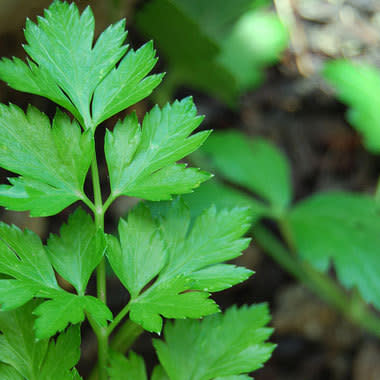
PHOTOGRAPH BY ALICE HENNEMAN/FLICKR
Two tablespoons of fresh parsley will provide more than 150 percent of your daily requirement for vitamin K, which plays an important role in blood clotting, proper bone formation, and liver function. A super side benefit of eating parsley is that the herb’s odor-beating chlorophyll will freshen your breath—which might spice things up in your bedroom. The ancient Greeks utilized parsley as an aphrodisiac.
Lemongrass
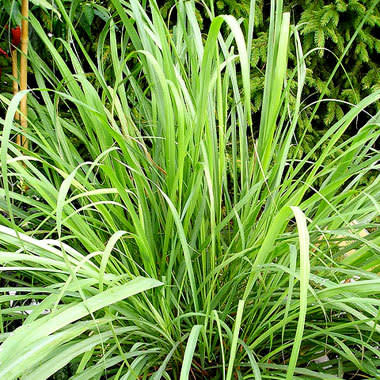
PHOTOGRAPH BY ANNA/FLICKR
This aromatic, citrusy grass is probably best known for its prevalence in Southeast Asian cuisine. And exotic lemongrass—which derives its flavor and scent from the same compound found in lemon zest—is not only a great addition to recipes, but also is prized in natural medicine for its ability to relieve fever, muscle cramps, upset stomachs, and headaches. It’s loaded with antioxidants, as well, which help protect against oxidative stress, one of the leading causes of heart disease and cancer. Studies have also found that lemongrass contains antimicrobial properties that fight E. coli.
Oregano

PHOTOGRAPH BY CHRISTA NEU
If you use only one herb in your cooking, make it oregano. This potent herb (which some chefs think actually tastes better dried) contains up to 20 times more cancer-fighting antioxidants than other herbs, on average, and holds its own against fruit, as well. According to USDA researchers, 1 tablespoon of fresh oregano has the same antioxidant power as an entire apple. And gram for gram, the herb has twice the antioxidant activity of blueberries.
Related: The Absolute Easiest Herbs To Grow Indoors
Rosemary
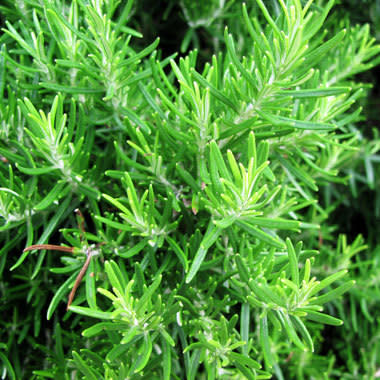
PHOTOGRAPH BY OLE HUSBY/FLICKR
Who doesn’t love a good grilled steak? But exposing meat (red or white) to the hot flames of a grill leads to the formation of heterocyclic amines (HCAs), carcinogenic compounds created when meats are barbecued or grilled. Add rosemary, though, and that doesn’t happen, according to researchers from the University of Arkansas, Iowa State University, and Kansas State University, who found that cooking meats with rosemary could lower the levels of HCAs by 60 to 80 percent.
Cilantro

PHOTOGRAPH BY BROOK PETERSON/FLICKR
Love it or hate it, you may want to make sure you always throw a few sprigs ofcilantro into your next chicken dish. Researchers from the University of California have found that a compound incilantro called dodecenal is nearly twice as effective at killing salmonella bacteria (commonly found in raw meats) as commercial antibiotics, and they isolated a dozen other antibiotic compounds that were also effective at killing other foodborne bacteria. Those same compounds were also found in coriander, the spice made from seeds of the cilantro plant.
Sage
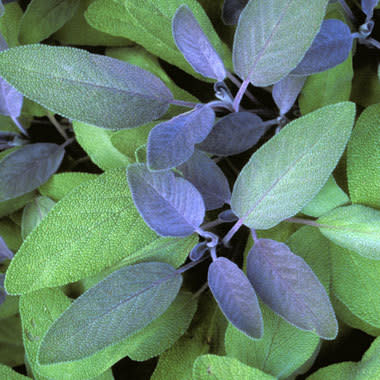
PHOTOGRAPH BY RODALE IMAGES
This strong-flavored herb is an antioxidant powerhouse, ranking just behind oregano in terms of antioxidant content, and this herb, widely used in herbal and traditional cures, boosts your brain power. In a study published in the journalPharmacological Biochemical Behavior, 45 adults were given either a placebo or varying levels of the essential oils found in sage. Those receiving even the lowest levels of sage oils had better memory and subject recall, based on cognitive tests, than people taking a placebo. If you’re a local-food addict, try pineapple sage, a variety you can grow in your back yard that tastes and smells just like the tropical fruit but without the food miles.
Related: 4 Ways To Grow Your Own Herbal Medicine
Lavender
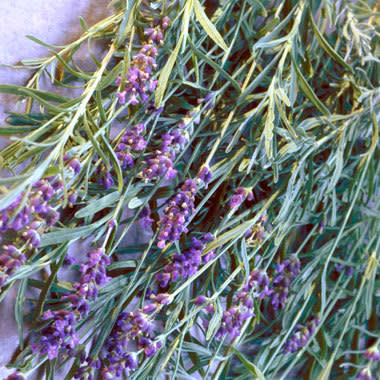
PHOTOGRAPH BY RODALE IMAGES
Most people associate lavender with candles and potpourri; it has a pretty solid reputation for relaxing you and alleviating stress. But if you’re not cooking with it, you’re missing out on all the nutrients stored in its fragrant leaves. A great source of calcium and vitamin A, lavender also has a decent amount of iron and vitamin C, the latter of which can help ward off seasonal allergies.
Peppermint

PHOTOGRAPH BY RODALE IMAGES
Peppermint does more than just dress up a cocktail or freshen your breath. It ranks third, behind sage and oregano, in terms of antioxidant content, and it might actually keep you skinny. Simply smelling mint can reduce cravings, so much so that a study from Wheeling Jesuit University in West Virginia found that people who sniffed peppermint every 2 hours for a week consumed 2,800 fewer calories that week than non-peppermint-sniffers.
This article was originally published on Rodale’s Organic Life.
More from Rodale’s Organic Life:
Out Of Cilantro? Save A Recipe With These Swaps
